The V10 is dead: Remembering its Glory Days

I remember the first time I saw a Lamborghini Gallardo pass by my mom’s car on the highway, it flew by so fast I could only see a glimpse of its neon green shell. The exhaust note it left behind was a symphony of high pitch noise and growls, and its vibrations struck my chest as it disappeared into the distance. That sound—the unmistakable roar of a V10 engine—was stuck in my head for weeks. From there on, my ultimate life goal was to own a car with a V10 engine in it for that high revving noise and pure adrenaline. But now, it seems like that dream will never happen. After the V10 Audi R8 was killed off, the Lamborghini Huracan followed suit with its engine’s final resting place being the STJ trim. It’s hard to say goodbye, but the V10 is dead.
To honor it, let’s take a look back at the legacy it left behind. Starting from it's beginnings, to its decline and ultimately its retirement.
The Beginnings of the V10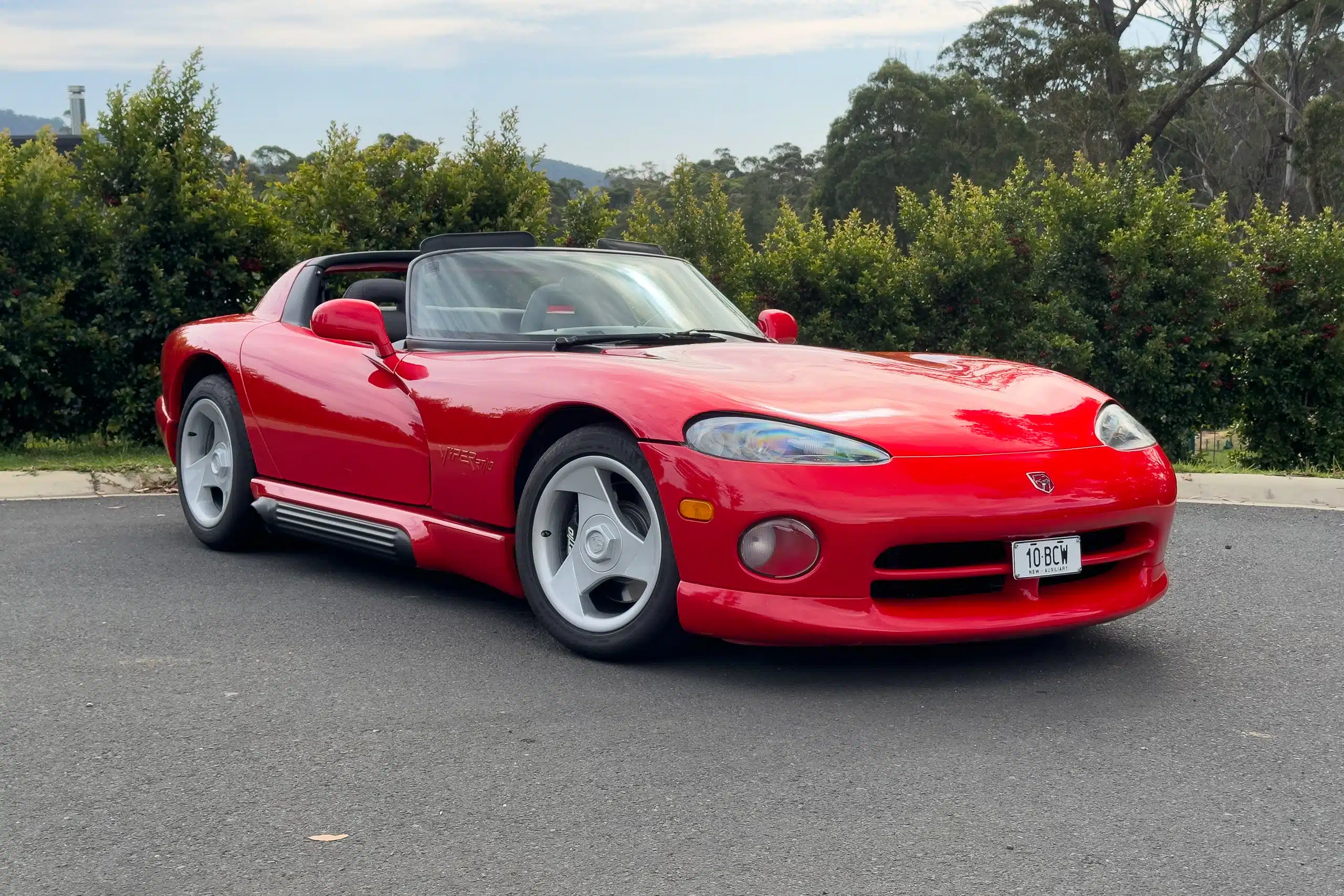
V10s appeared in the early 1940s, but the first production one came out in 1991 with the introduction of the Dodge Viper. The V10’s debut was marked by impressive engineering feats, giving automakers an engine option had they thought the V8 lacked power and the V12 being too bulky. It had a unique exhaust note, sounding like a high pitched V12 but not as visceral, like a flat-plane V8 but smoother. The first notable appearances of V10 engines were seen in motorsport, where it became synonymous with Formula 1. The sport’s V10s powered cars are considered by most as their golden age due to the heavenly sounds these machines produce. Their success in racing solidified the V10’s place in automotive culture.
The Supercar Era
The V10 reached the height of its glory in the early 2000s, when several automakers, particularly Lamborghini and Audi, embraced the engine in their road-going supercars. Here are just some legends from this era.
1) Audi R8 V10 (2009–2023)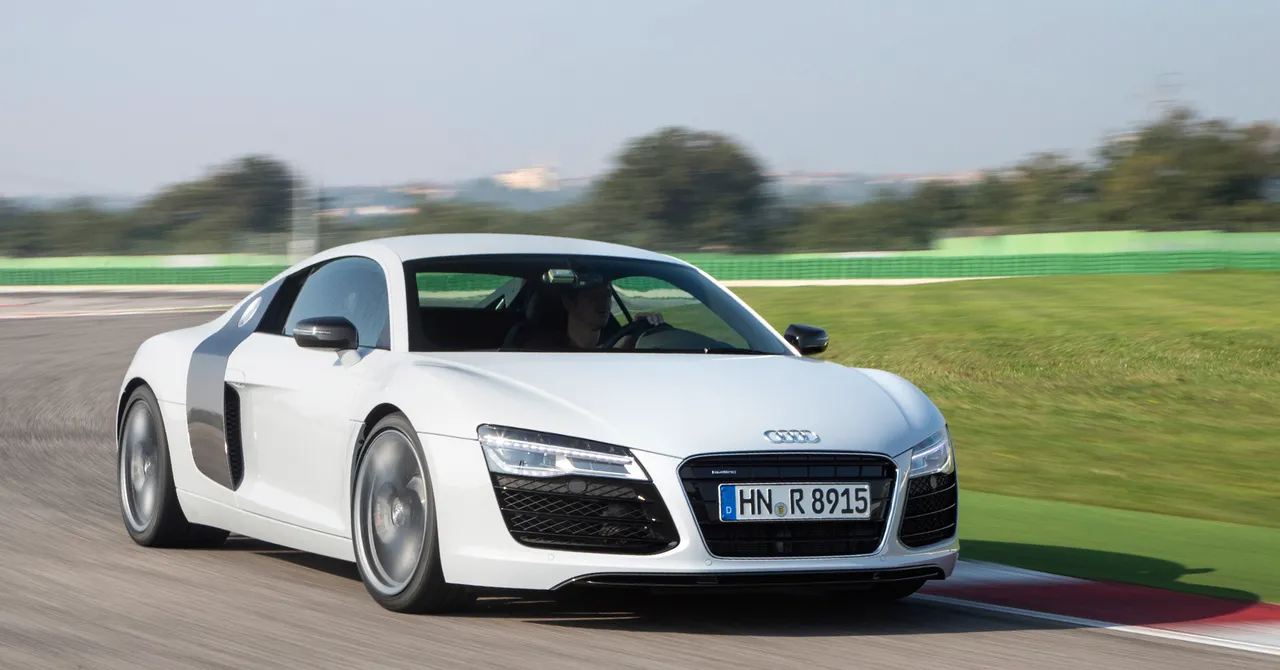
Audi’s R8 V10 was a landmark in the supercar world. The first-generation R8 was available with a 4.2-liter V8 engine, but it was the 5.2-liter V10 that captured the hearts of performance enthusiasts. Some even came in gated manuals which only made things better. The Audi R8 V10 was a finely tuned, all-wheel-drive supercar that balanced comfort and blistering performance, making it equally suited to a race track and daily driving.
2) Lamborghini Gallardo V10 (2003–2013)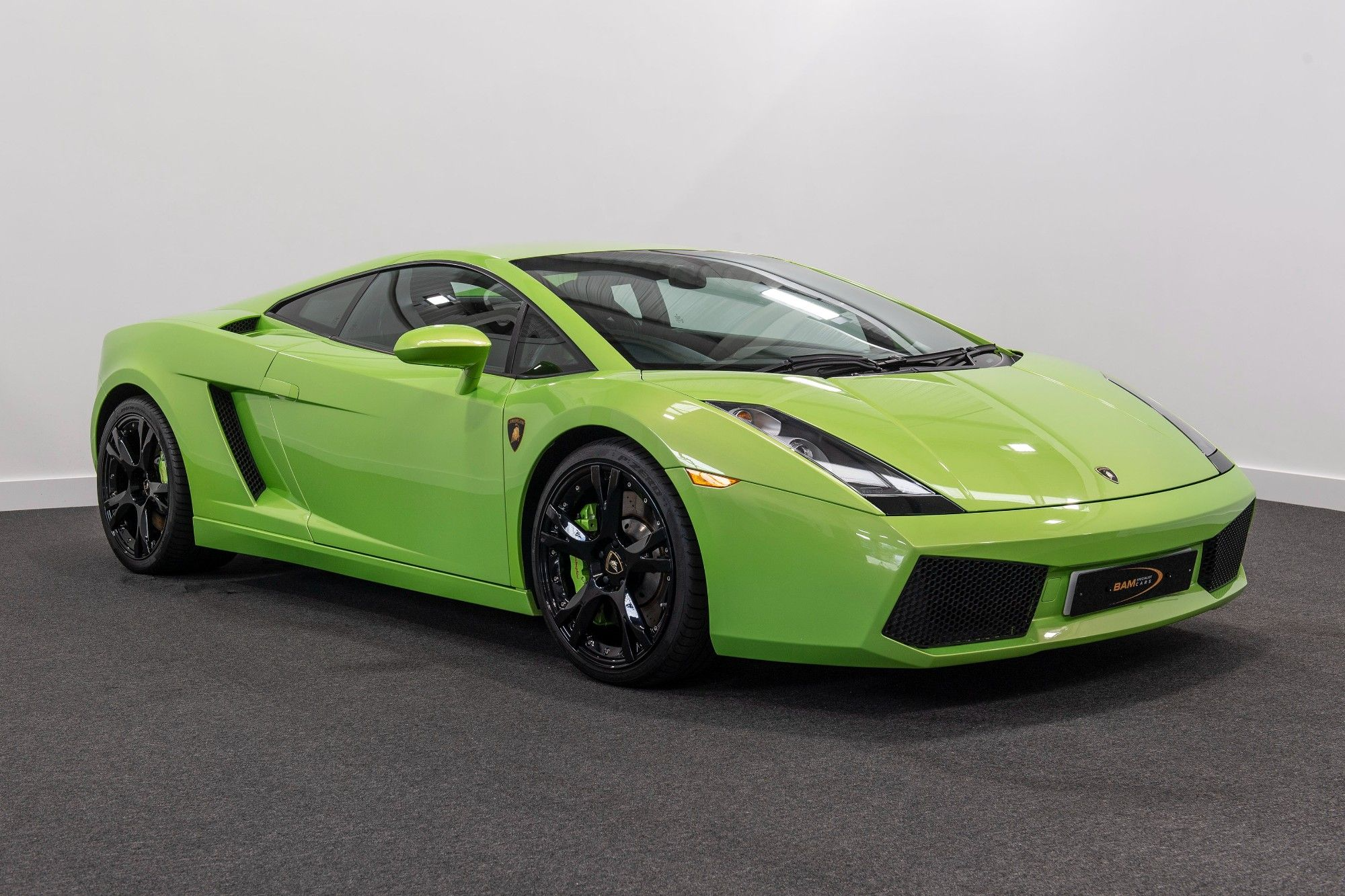
The Lamborghini Gallardo, powered by a 5.0-liter or later 5.2-liter V10 engine, became one of Lamborghini’s most successful models. With a 0-100 km/h time of around 4 seconds, the Gallardo had the performance to match its sleek but aggressive styling. Like the R8, some came in gated manuals as well which combined the V10 engine, gave people an amazing driving experience with a symphony of sound and tactile clicks. Over the course of its production, the Gallardo solidified its place as a modern Lamborghini icon, before the Huracán took its mantle.
3) Lexus LFA (2010–2012)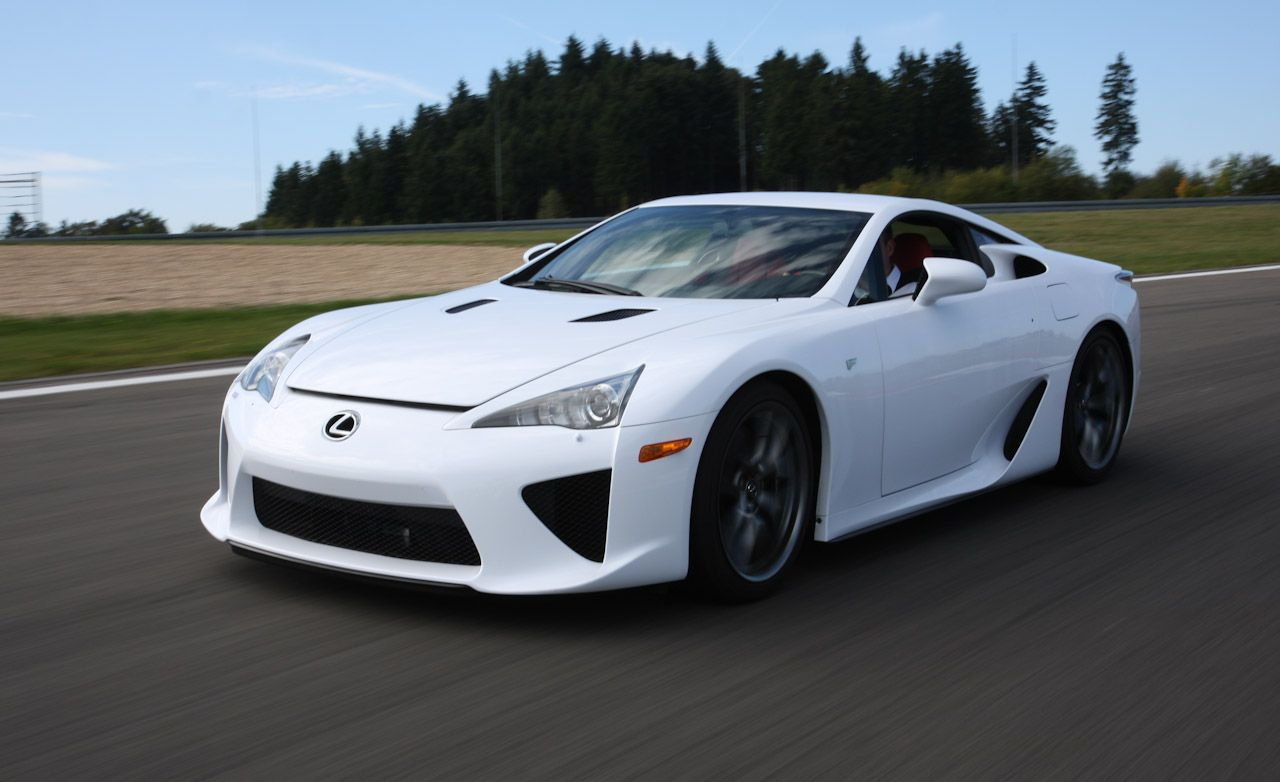
The Lexus LFA is a car that holds a special place in automotive history. Its 4.8-liter V10 engine, developed by Yamaha, was one of the most finely tuned naturally aspirated engines ever created. The LFA was built with a singular purpose—to deliver an unforgettable driving experience. With a near 9,000 RPM redline and an exhaust note that could raise the hairs on the back of your neck, the LFA became one of if not the best sounding V10 ever made, pushing the boundaries of engineering, sound, and performance. Though there’s only 500 examples in existence, the LFA’s legacy endures, and it remains one of the finest examples of the V10’s potential.
4) Porsche Carrera GT (2004–2006)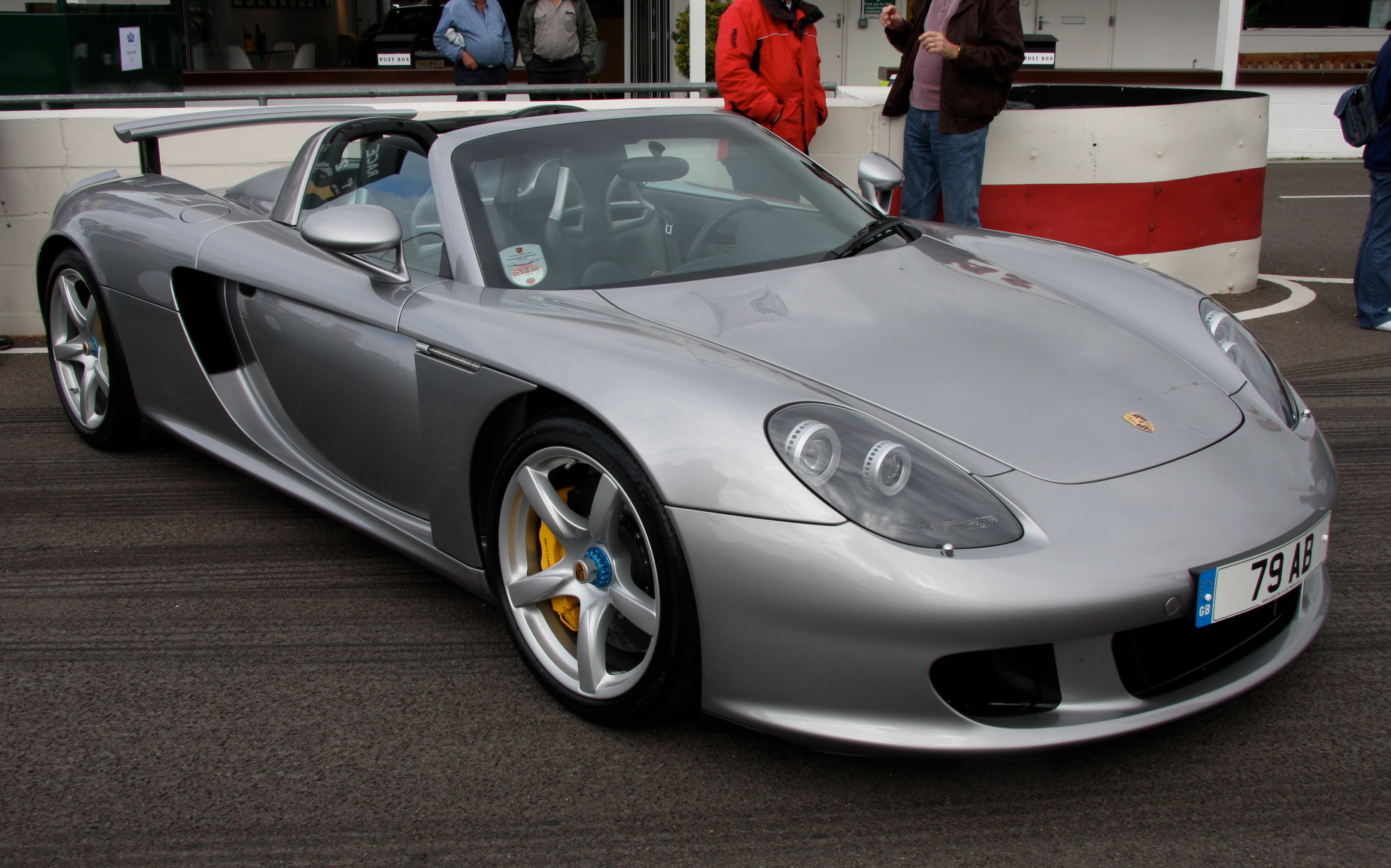
The Porsche Carrera GT, Porsche’s most iconic supercar, is powered by a 5.7-literV10 engine that produces 605 horsepower. The Carrera GT’s engine was based on the V10s used in Porsche’s racing efforts, and it was paired with a manual transmission, making it one of the purest driving experiences available at the time. Its high-revving, naturally aspirated engine screamed with joy at full throttle, and it can be heard loud and clear with the Targa top opening. Despite its relatively short production run, the Carrera GT became a benchmark for high-performance vehicles and remains one of the most sought-after cars by collectors.
These cars, among others, marked the V10’s glory days—an era when the engine offered a raw, visceral driving experience that was unmatched. Whether you were driving on the track or cruising down the highway, the V10 made its presence known with it's unmistakable sound.
Its Slow Decline
Like all good things, the V10 was not destined to last forever. As the automotive world evolved, so too did the demands of the market and regulatory environments, leading to the engine's slow and inevitable decline.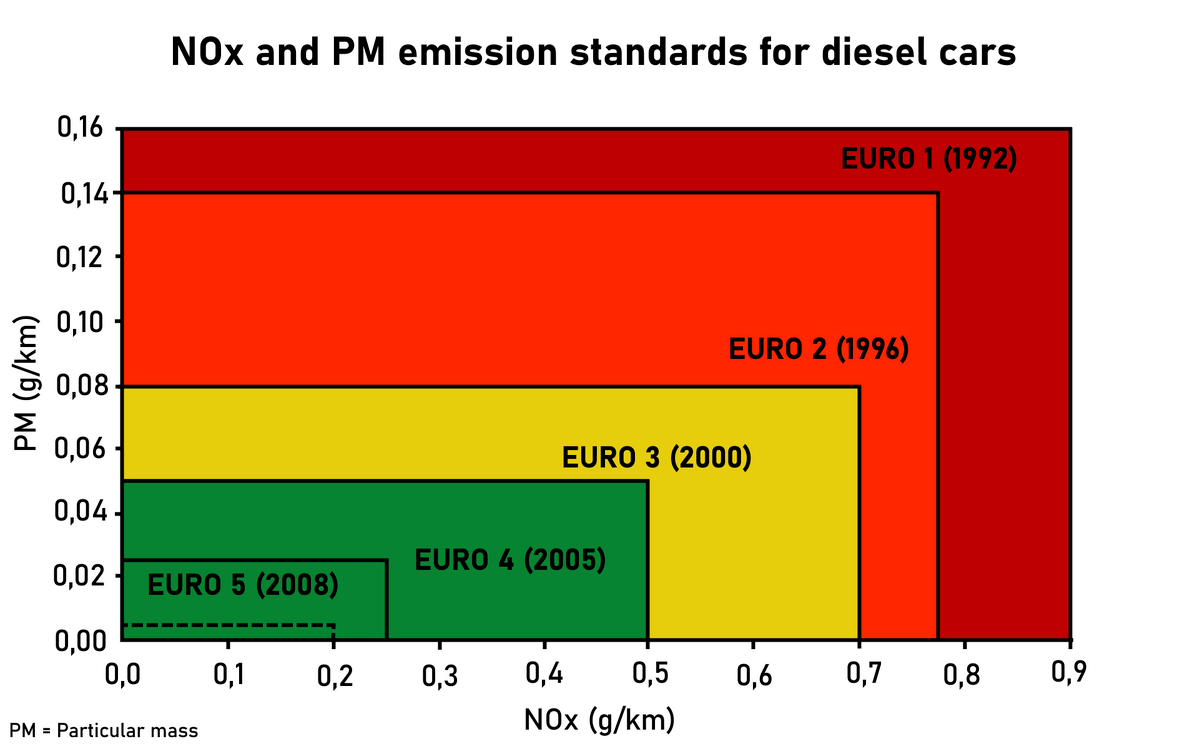
Stricter Emissions Regulations
One of the primary forces behind the V10’s slow decline was the growing pressure from governments around the world to reduce carbon emissions. With stringent environmental laws pushing automakers to produce more fuel-efficient vehicles, the V10’s high fuel consumption and emissions made it a target for manufacturers looking to comply with these new regulations.
As hybrid and electric technology began to emerge, automakers shifted their focus to greener, more sustainable solutions. This move toward electrification made it harder for the V10 engine to justify its place in modern vehicles, as smaller, more fuel-efficient engines, like turbocharged V6s and V8s, offered similar power with fewer environmental consequences.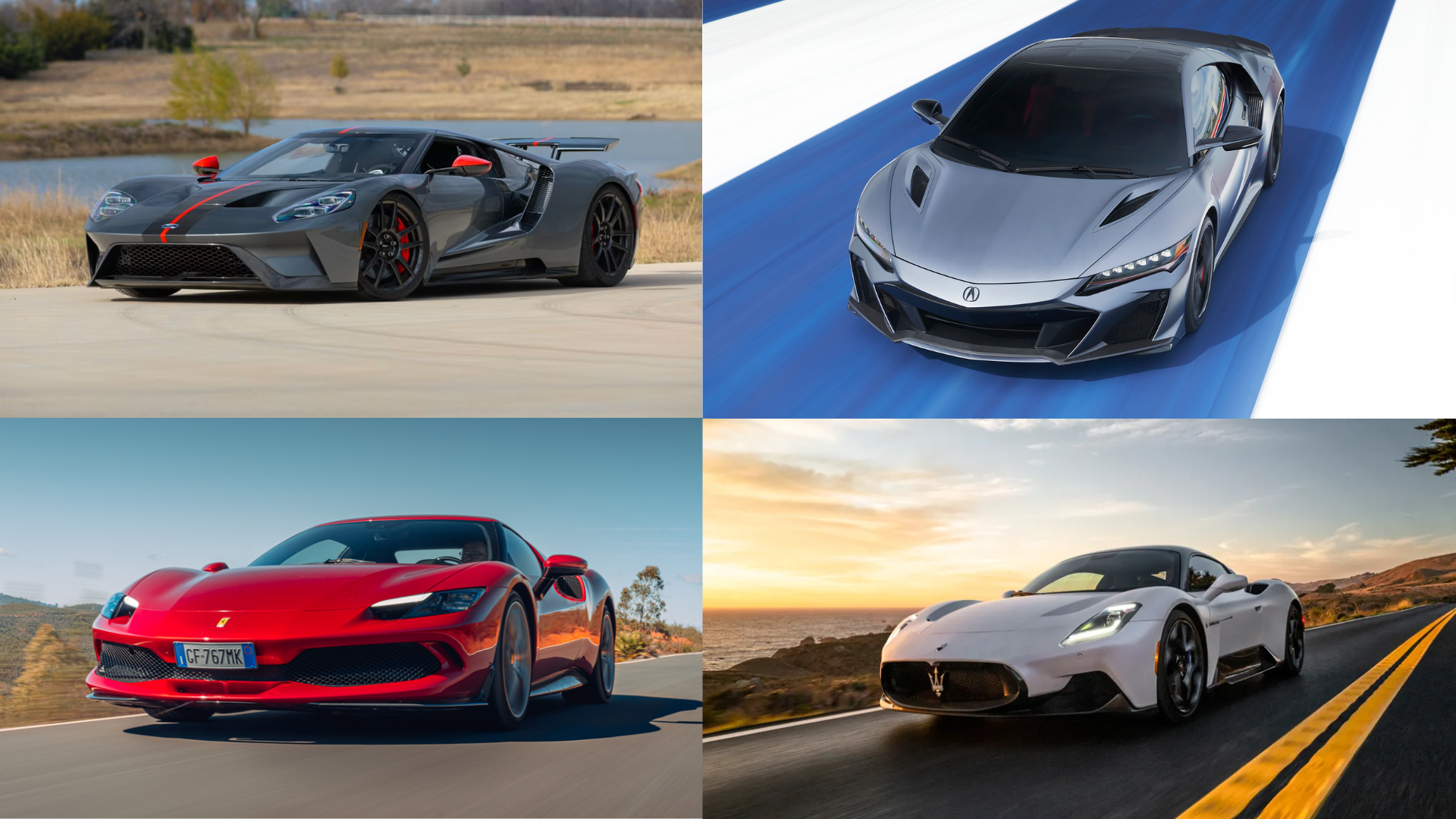
Efficiency + Power doesn’t Equal to 10
Another factor in the V10’s decline was the increasing popularity of turbocharged engines. Turbocharged V8s and V6s, in particular, offered the same level or more power and torque as a V10 but with better fuel efficiency and a lower environmental impact. As turbocharged engines became more common in high-performance cars, the naturally aspirated V10 began to fade. The V10's competitive edge, both in terms of power and efficiency, was slowly being overshadowed by smaller, more efficient turbocharged engines.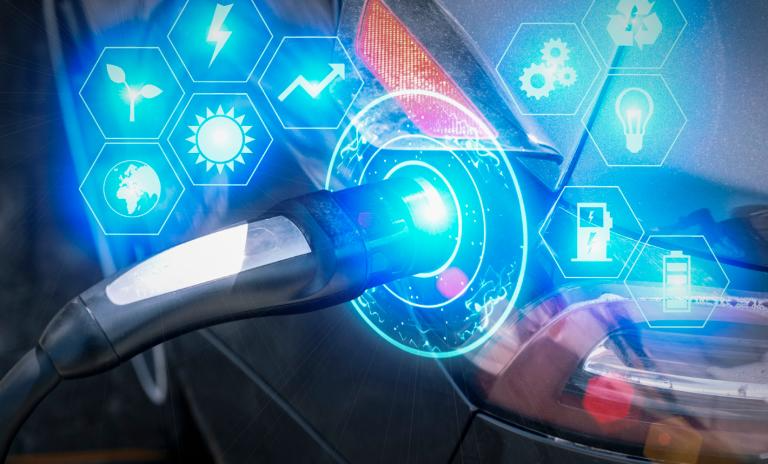
Electrification
As hybrid and electric technology began to dominate the automotive industry, the V10 found itself pushed further out of the spotlight. Manufacturers like Porsche, Ferrari, and McLaren began to introduce hybrid powertrains that combined electric motors with traditional combustion engines, delivering explosive performance without relying on large and inefficient high cylinder count engines. Electric cars, with their instant torque and incredible acceleration, became an eco-friendly alternative to high revving engines like the V10.
Its Death
In the past few years, the V10 has all but disappeared from the automotive scene. The final blow came when Audi made the decision to discontinue the V10-powered R8, and Lamborghini followed suit with the Huracán, leaving the V10 engine to rest in peace. These decisions symbolized the end of an era in the world of supercars and performance vehicles.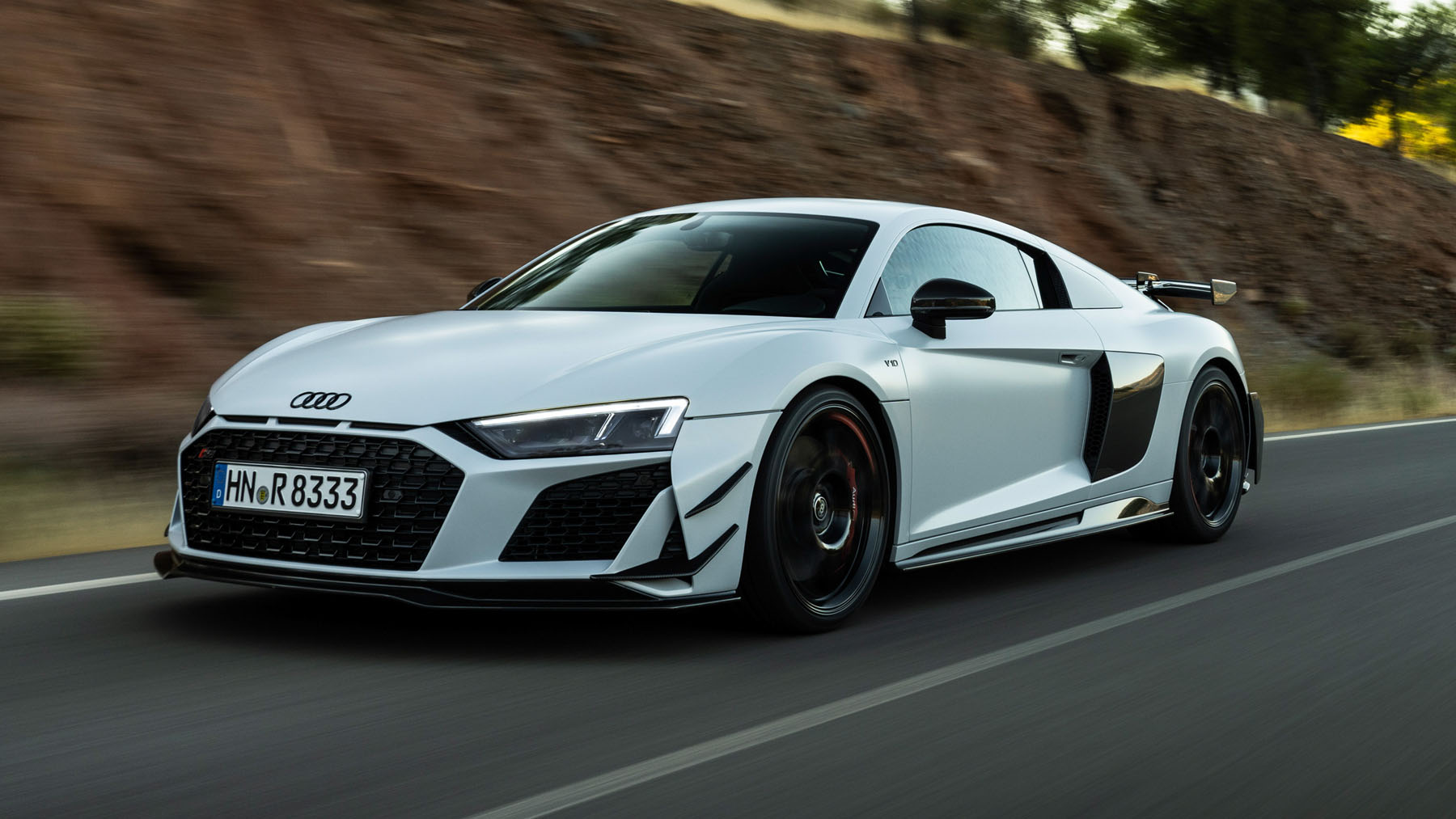
The R8’s Last Dance
The Audi R8 V10, which had been a mainstay in the supercar world for over a decade, was officially discontinued in 2023. The R8, once a bastion of Audi’s performance excellence, was one of the last high-performance cars to feature the V10, breaking many hearts around the world. The V8 remains but it doesn’t feel the same.
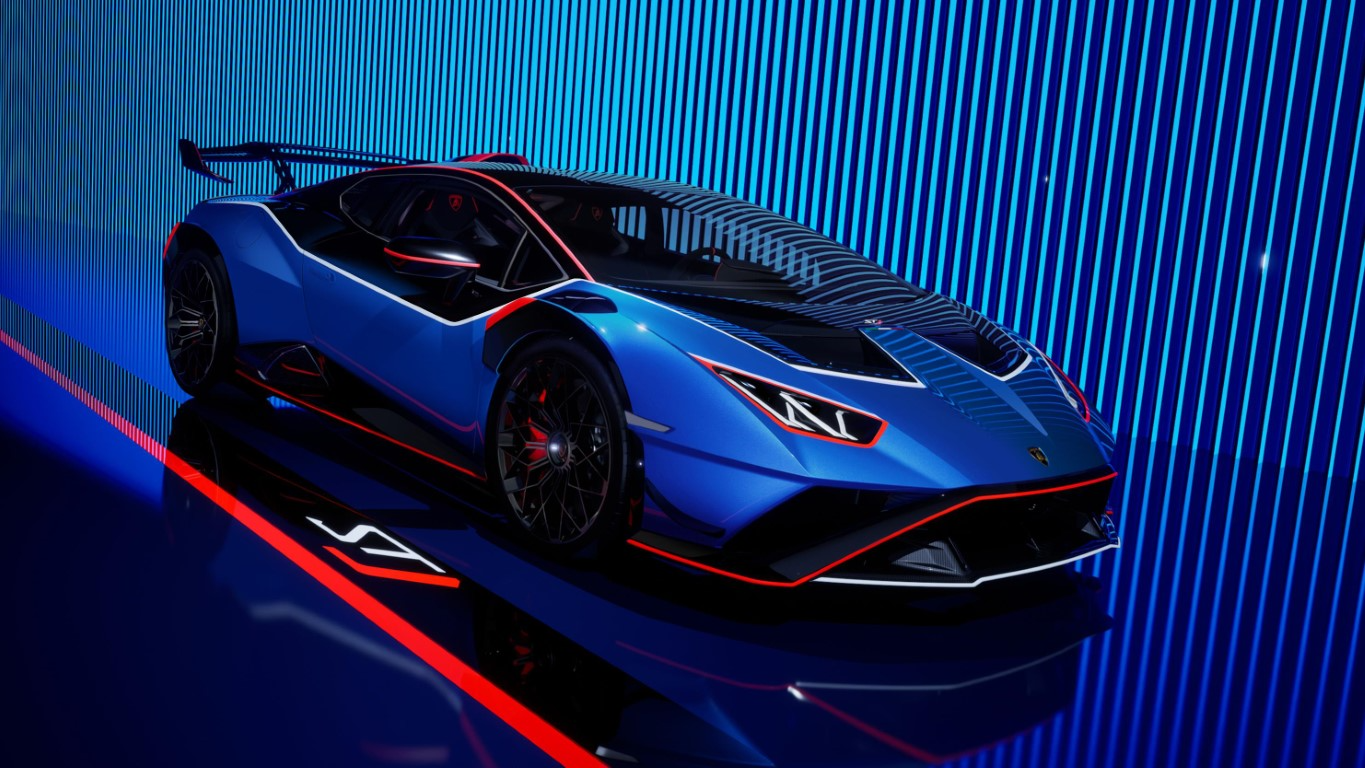
The Lamborghini Huracán’s Final Hurrah
Lamborghini, too, bid farewell to the V10 engine with the Huracán’s last naturally aspirated version, the Huracán STJ. Officially announcing that their V10 engine, which had powered the brand’s supercars since the Gallardo, will be laid to rest. For enthusiasts, the Huracán STJ represents the last breath of the V10—one last, glorious note before the engine fades into history.
Remembering the V10
As the automotive world moves forward into an era of hybrid and electric vehicles, the V10’s death is bittersweet. While the world of performance cars will undoubtedly keep evolving, the V10 will always be remembered for its raw power, spine-tingling exhaust note, and unmatched driving experience. The roar of the V10 may be gone, but its legacy will live on in the memories of those lucky enough to experience it. It may be dead, but it will never be forgotten.
Want to buy or sell a used car? Download the Motorist Malaysia App now.
Read More: Lamborghini bids farewell to Huracan with bold new era
I want to find the highest selling price for my car within 24 hours!
Download the Motorist App now. Designed by drivers for drivers, this all-in-one app lets you receive the latest traffic updates, gives you access to live traffic cameras, and helps you manage vehicle related matters.
